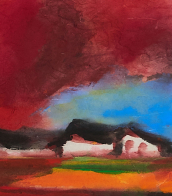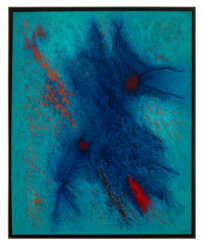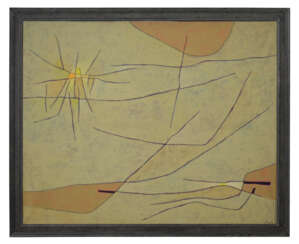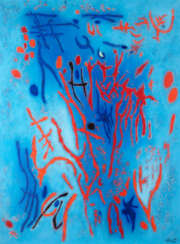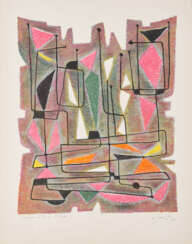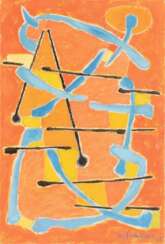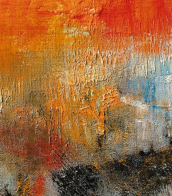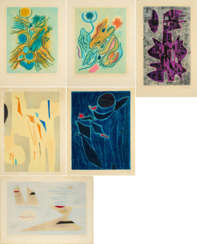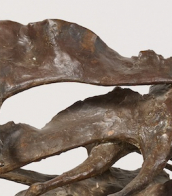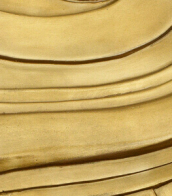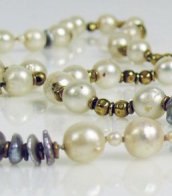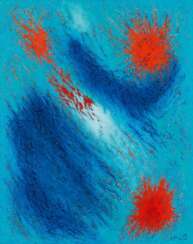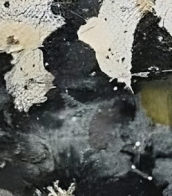gustave singier (1909 - 1984)
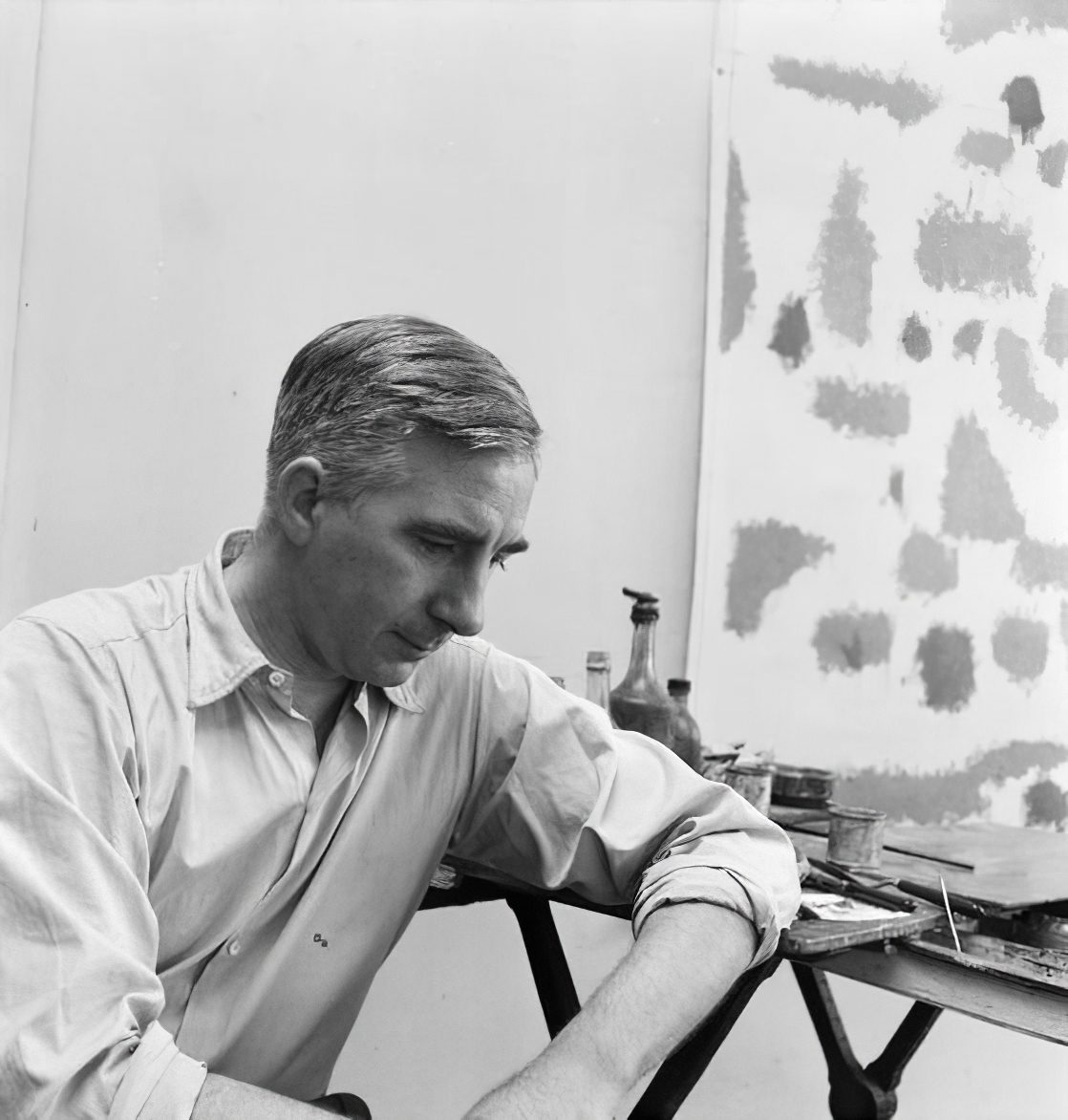
Gustave Singier was a Belgian-born French painter associated with the post-war École de Paris movement. He was became a French citizen in 1946.
Singier studied at the École des Beaux-Arts in Lille before moving to Paris in 1934. He became involved with the Surrealist movement in the 1930s and began exhibiting his work at the Salon des Surindépendants in 1937. In the 1940s, he turned to abstraction and became associated with the École de Paris, a group of abstract artists who worked in Paris in the post-war years.
Singier's paintings are characterized by their bold, gestural brushstrokes and use of bright, expressive color. He often worked in series, exploring variations on a particular theme or motif. His work has been compared to that of other post-war abstract painters such as Pierre Soulages and Hans Hartung.
Today, Singier's work can be found in the collections of museums around the world, including the Centre Pompidou in Paris and the Museum of Modern Art in New York. His innovative approach to abstraction and his contributions to the École de Paris movement continue to be celebrated by art enthusiasts and scholars.
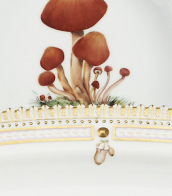

Gustave Singier was a Belgian-born French painter associated with the post-war École de Paris movement. He was became a French citizen in 1946.
Singier studied at the École des Beaux-Arts in Lille before moving to Paris in 1934. He became involved with the Surrealist movement in the 1930s and began exhibiting his work at the Salon des Surindépendants in 1937. In the 1940s, he turned to abstraction and became associated with the École de Paris, a group of abstract artists who worked in Paris in the post-war years.
Singier's paintings are characterized by their bold, gestural brushstrokes and use of bright, expressive color. He often worked in series, exploring variations on a particular theme or motif. His work has been compared to that of other post-war abstract painters such as Pierre Soulages and Hans Hartung.
Today, Singier's work can be found in the collections of museums around the world, including the Centre Pompidou in Paris and the Museum of Modern Art in New York. His innovative approach to abstraction and his contributions to the École de Paris movement continue to be celebrated by art enthusiasts and scholars.


Gustave Singier was a Belgian-born French painter associated with the post-war École de Paris movement. He was became a French citizen in 1946.
Singier studied at the École des Beaux-Arts in Lille before moving to Paris in 1934. He became involved with the Surrealist movement in the 1930s and began exhibiting his work at the Salon des Surindépendants in 1937. In the 1940s, he turned to abstraction and became associated with the École de Paris, a group of abstract artists who worked in Paris in the post-war years.
Singier's paintings are characterized by their bold, gestural brushstrokes and use of bright, expressive color. He often worked in series, exploring variations on a particular theme or motif. His work has been compared to that of other post-war abstract painters such as Pierre Soulages and Hans Hartung.
Today, Singier's work can be found in the collections of museums around the world, including the Centre Pompidou in Paris and the Museum of Modern Art in New York. His innovative approach to abstraction and his contributions to the École de Paris movement continue to be celebrated by art enthusiasts and scholars.


Gustave Singier was a Belgian-born French painter associated with the post-war École de Paris movement. He was became a French citizen in 1946.
Singier studied at the École des Beaux-Arts in Lille before moving to Paris in 1934. He became involved with the Surrealist movement in the 1930s and began exhibiting his work at the Salon des Surindépendants in 1937. In the 1940s, he turned to abstraction and became associated with the École de Paris, a group of abstract artists who worked in Paris in the post-war years.
Singier's paintings are characterized by their bold, gestural brushstrokes and use of bright, expressive color. He often worked in series, exploring variations on a particular theme or motif. His work has been compared to that of other post-war abstract painters such as Pierre Soulages and Hans Hartung.
Today, Singier's work can be found in the collections of museums around the world, including the Centre Pompidou in Paris and the Museum of Modern Art in New York. His innovative approach to abstraction and his contributions to the École de Paris movement continue to be celebrated by art enthusiasts and scholars.
